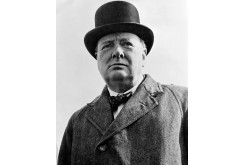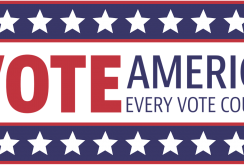
The most obvious and universally accepted goal for global governance -- to keep (or restore) the peace between nations -- is far too narrowly framed within the context of the emerging global challenges of population growth, climate change, environmental degradation, resource depletion, and resurgent nationalism. The ecological and political underpinnings for global governance and social peace in our increasingly interdependent global economy are being undermined.
The search for a more peaceful world order must therefore begin with a global approach to the “common good.” From a biological perspective, every organized human society represents a “collective survival enterprise.” Its fundamental purpose -- though sometimes obscured and often short-changed -- is to provide for the basic survival and reproductive needs of its people. Accordingly, the common good for any given society, and by extrapolation for the community of nations as a whole, is to ensure that the basic biological needs of the population (including at least fourteen distinct domains, or categories of needs) are fully provided for. There must be a commitment to a universal “basic needs guarantee.”
This is an enormously ambitious goal, quite obviously, but it represents a necessary foundation for a “sustainable” world order going forward. Extreme poverty surrounded by plenty is a sure prescription for social conflict. And ten thousand years of mixed success with building and maintaining states shows clearly that top-down coercion alone, even when well-meaning, is not an enduring solution. Only a consensual, “legitimate” system of governance can be stable and enduring. The institutional strategy for achieving this immensely challenging objective must therefore involve a “polycentric” approach (after the Nobel political scientist Elinor Ostrom). It will entail both bottom-up and top-down approaches. Some of the many implications of this strategy include a greatly expanded role (and funding) for local, national, and international health and welfare organizations and government agencies of various kinds. The relationship of this framework to the United Nations’ ongoing Sustainable Development Goals efforts will be discussed in a future posting.













